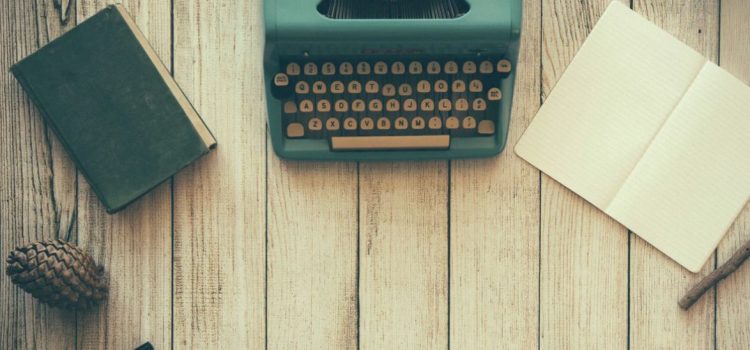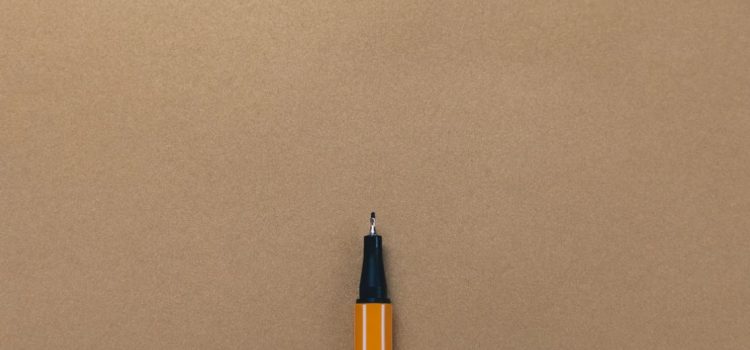What are the three points of view in writing? Which point of view should you choose? There are three common points of view in writing: first person, second person, and third person. The first thing you should decide when writing a narrative piece is which point of view you are going to use. Here are some things to consider when choosing which point of view to use.
How to Choose a Point of View in Writing










